
Introduction to Head Lice
Head lice are sometimes referred to in common jargon as nits. Head lice will be able to live on a person’s head for about three weeks at a time.
The louse eggs will be present in the hair and will cling to areas that are closer to the scalp.
When a female lays its eggs, there will be in between 50 and 150, and female lice can lay 100 eggs every 30 days or so.
In order to know that, a person has head lice, it is important to know what the eggs look like. They are tiny white oval beads that appear on the scalp of the person.
When the eggs are hatched they are almost completely transparent and are located within 1.5 centimeters of the scalp. They are fairly easy to identify because they are always the same, oval shape and they never form irregularly.
The head lice are like most other insects. They have six legs, a head, thorax and abdomen. When the lice bite the scalp they cause a lot of itching and scratching sensations on the head.
In the lifecycle of lice, there are three stages. First they are eggs, and after about two weeks, they will hatch.
When they hatch they are considered nymphs. They are usually a brown color, but a little lighter, similar to a more tan color. The nymph will turn into an adult in about a week’s time.
The adult louse looks a lot like a sesame seed and can live up to 30 days. They feed on the blood about every 4 to 6 hours, and the itching is caused by the lice biting into the scalp in order to consume a person’s blood.
They are also very resilient and can survive as much as three days off the scalp.Prevention
There are important steps that need to be taken in order to prevent a head lice infestation on the scalp.
First of all, it is important to never ever spray pesticides on furniture, pets, carpets or any other things around the house in order to prevent head lice.
It is also important to avoid using the comb or pillow of a person that has head lice.
People need to practice safe shampooing and combing in order to reduce the chances of getting head lice.
It is important to regularly clean all items that come in constant contact with the head. All clothing that is not machine washable needs to be taken to the dry cleaners.
When a person already has an infestation, it is very important to check the head daily and to remove the nits that are visible.
It is also important not to share hats with people who have head lice, or any other items that come into close contact with the head.


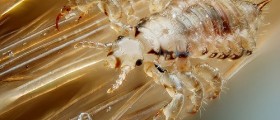
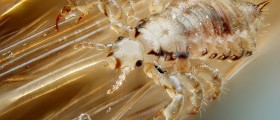
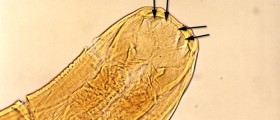
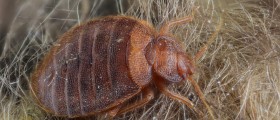
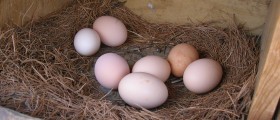
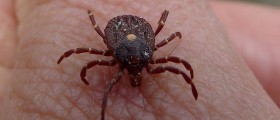
_f_280x120.jpg)

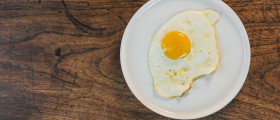
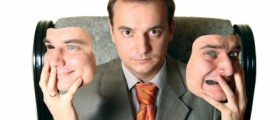
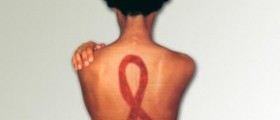
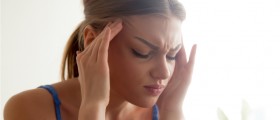
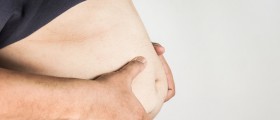
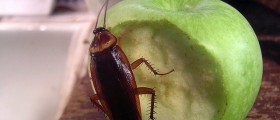
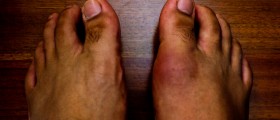
Your thoughts on this
Loading...